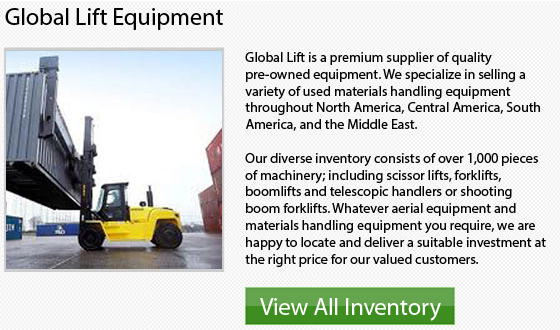
Sudbury City is situated within Northern Ontario, and is the most densely inhabited city within the region, with over 157,000 individuals. The area of Greater Sudbury is a municipality which was just recently created. During the year 2001, the towns and cities of the former Regional Municipality of Sudbury, and several previously unincorporated geographic townships, merged to become Greater Sudbury. By land area, it is the biggest city in Ontario, and the seventh largest municipality by area within the country.
Constituting its own independent census division, Greater Sudbury is not part of whatever county, district or regional municipality. Only four other cities in Ontario have this status: Ottawa, Toronto, Hamilton and Kawartha Lakes.
As a mill and mining town, Sudbury has a colourful labour past. In 1944, the city's mine workers succeeded in creating a union with the certification of the Mine, Mill and Smelter Workers Local 598. Two companies, Inco and Falconbridge, attempted to destabilize the union by setting up their own puppet unions, the United Copper Nickel Union which the workers called "Nickel Rash" and the Falconbridge Workers Council. The workers rejected these puppet unions. The very first mine workers' strike occurred in the year 1958 following some years of unrest. Smaller strikes likewise happened during the late 1960s.
Sudbury has had several challenges reaping economic benefits due to taxation problems, in spite of having a huge amount of big nickel deposits in the area. Previous to the creation of the Regional Municipality of Sudbury during the year 1973, the city was not permitted to levy taxes against the mining companies, whose facilities were situated in outlying company towns, such as Coniston, Copper Cliff, Frood Mine and Falconbridge. Sudbury City tried to solve the problem by annexing the company towns, but the Ontario Municipal Board always denied the requests of the city.
Sudbury's ability to directly levy municipal taxes on the mining companies is severely limited compared to different cities whose primary employers operate in different industries. The local newspaper once called Sudbury City "a city without a city's birthright," because of this taxation injustice. Nonetheless, mining remains an important trade in the city of Sudbury.
The city of Sudbury has managed to overcome these challenges to create a diversified economy, by creating a centre of government, commerce, research and tourism. The city's biggest single company has for a long time been the Vale nickel mine. Then again, the proportion of residents employed by Vale has declined from 25 percent during the 1970s to less than 5 percent of Sudbury City's workforce these days. The mining trade is presently outranked by education, health care, hospitality services, public administration, mining equipment making and retail trade.
Sudbury has likewise face numerous labour problems. Like for instance, there was a recent strike at Vale lasted from the summer of the year 2009 to the summer of 2010. These problems have has less of an impact on the general economy compared to the past years.